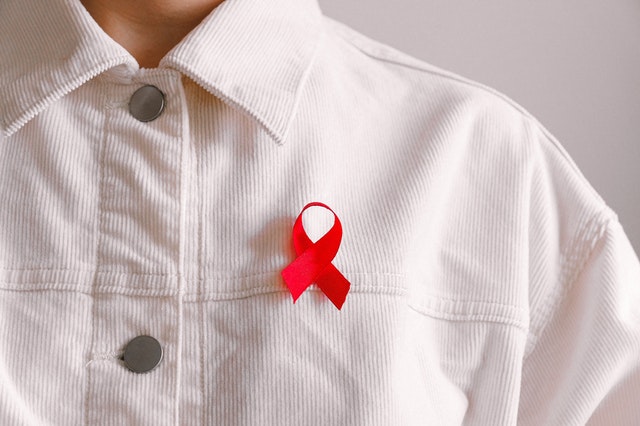Are you ready for the next pandemic? Contrary to what most people think, the COVID-19 pandemic is no once-in-a-lifetime event. Due to connectivity, globalization, and increased human-animal contact, pandemics can happen more frequently, with deadlier outcomes.
According to the United Nations’ biodiversity experts, about five new illnesses can cause outbreaks every year. Each of those diseases is a public health threat and may potentially cause the next pandemic.
To prepare for future pandemics, the government and the public should work together to give communities a good head start. Let’s learn from the valuable experiences the past pandemics have taught us.

5 Past Pandemics that Impacted History
Spanish Flu
From 1918 to 1919, a new type of Influenza A virus affected approximately 500 million people or one-third of the world’s population. People eventually called it the Spanish Flu, the cause of the deadliest pandemic in recent history. It killed around 50 million, including healthy adults between ages 20 to 40 years old.
When the Spanish Flu ravaged the world, government officials and health experts resorted to familiar measures to prevent the spread of the virus. Mask wearing and social distancing protocols were implemented in various countries, including the United States. In the end, studies found that social distancing was the key strategy to decreasing the number of infections.
1957 Asian Flu Pandemic
The Asian Flu pandemic was the second flu pandemic to hit the world in the 20th century. The influenza A subtype H2N2 that initially spread in China in early 1957 caused it. It reached the shores of the United States summer that same year. We witnessed several cases of infection in elders, pregnant women, and young children. Some patients experienced only mild symptoms, while others endured pneumonia and other severe complications.
Although this pandemic lasted for only a year, it killed 1.1. million worldwide, from China, Hong Kong, and Indonesia to Australia, New Zealand, and the United States. In the U.S., it resulted in about 116,000 deaths. It could have killed more if it wasn’t for the vaccine, which was ready even before the virus arrived in the country.
1968 Flu Pandemic
The 1968 flu pandemic, which was also referred to as the Hong Kong Flu, followed the 1957 outbreak. The first case was reported in Hong Kong in July 1968, and within the next few weeks, more cases were reported in the Philippines, Vietnam, Singapore, Europe, Australia, and the United States. The virus that started this pandemic still circulates among us today.
Despite having a low mortality rate of 0.5%, it led to the deaths of one million to four million individuals, including 500,000 Hong Kong residents. The first case in the United States was that of a marine who had just arrived from Vietnam. Upon detecting the virus, officials immediately enforced contact tracing, school closures, and airport screenings to prevent the spread of infection.
2009 Swine Flu Pandemic
The H1N1 virus, one of the many strains responsible for seasonal influenza, caused the swine flu pandemic. It was first observed in the U.S. in 2009 and spread rapidly across the country, affecting almost 61 million people and claiming 12,469 lives. It killed 151,700 to 575,400 individuals globally, primarily kids and adults under 65.
This pandemic is the first ever to witness the development, production, and deployment of vaccines in several countries during its first year. In October 2009, U.S. experts administered a newly approved vaccine to selected individuals to prevent more infections. Vaccination further expanded later that year, even after the peak of the second wave.

HIV/AIDS Pandemic
The Centers for Disease Control and Prevention (CDC) saw an 89% increase in AIDS diagnoses in 1986. It continued to rise steadily, peaking in 1995. The cases have since declined, but HIV and AIDS remain major public health challenges that require immediate solutions. HIV was first identified by health experts in 1984, three years after they detected AIDS. Since then, It has already claimed the lives of 36.3 million people.
The World Health Organization currently uses “global epidemic” to describe the HIV situation, and it still affects millions worldwide. In 2020, 37.7 million individuals from all over the globe were living with HIV. Unfortunately, despite scientific advances and the continuous suffering of millions, we have yet to discover a cure for the illness.

Preparing for the Next Pandemic
COVID-19 isn’t the first pandemic in history, and there’s a high chance that it won’t be the last either. Despite advanced diagnostic capabilities, medical improvements, and public health developments, infectious diseases can spread through multiple countries, resulting in economic devastation and death.
When COVID-19 restrictions were enforced, we rushed to stock up on essentials and dealt with financial issues. Moreover, governments struggled to provide an effective, coordinated pandemic response.
Simulating emergency responses, improving emergency management plans, and investing in new healthcare infrastructure are just three of the many things that can be done to ensure that we’re fully prepared for future pandemics and large-scale outbreaks.













